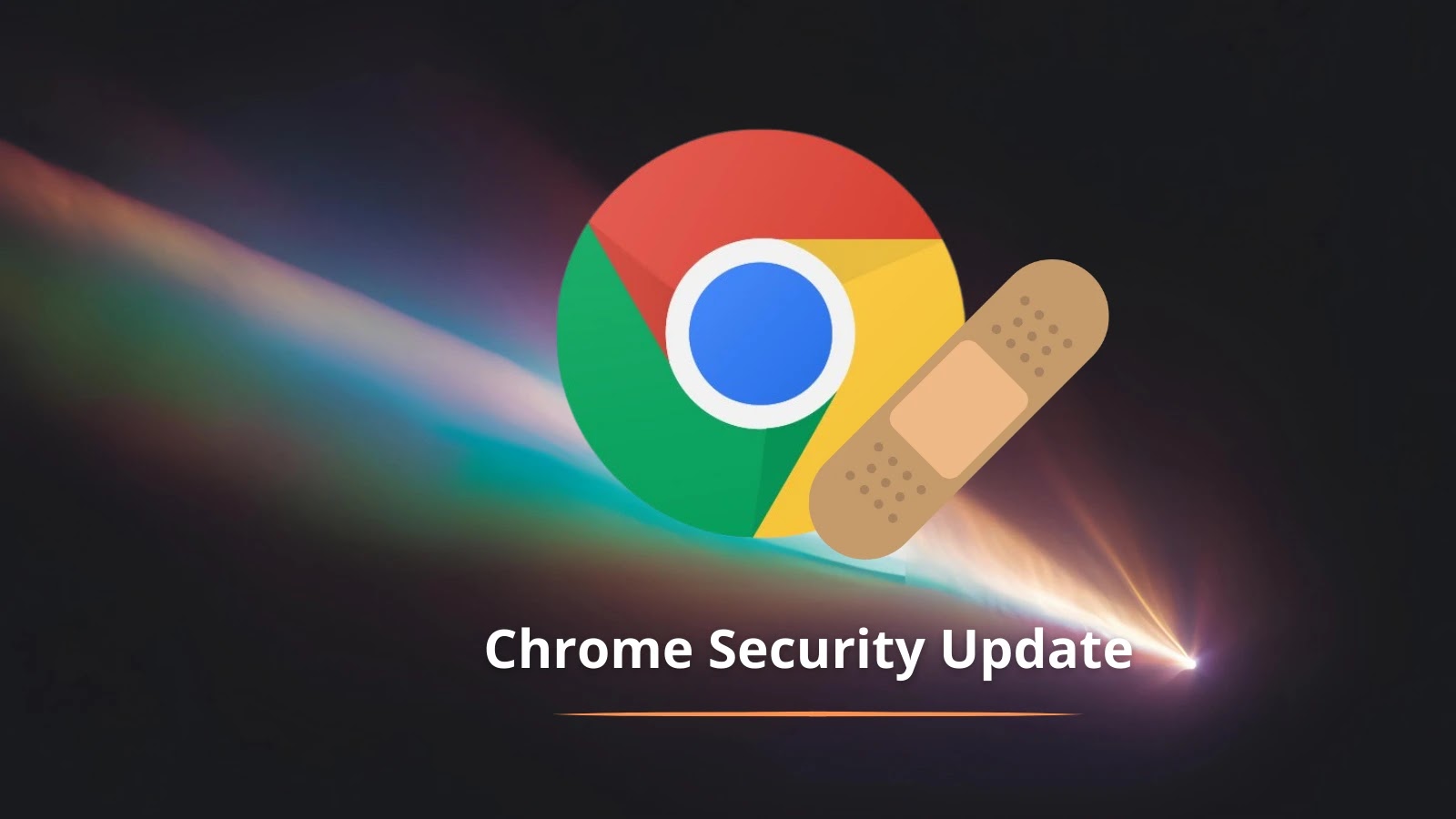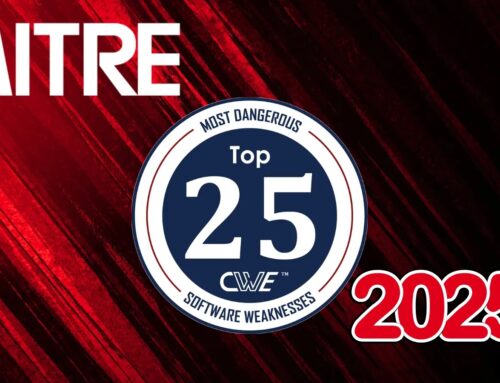
Critical Chrome Use After Free Vulnerability Let Attackers Execute Arbitrary Code
A significant security alert has been issued regarding an urgent patch for Google Chrome. A critical use-after-free vulnerability has been discovered in the browser’s ANGLE graphics library, posing a serious risk of arbitrary code execution to millions of users globally. This post delves into the specifics of this vulnerability, its potential impact, and the essential steps users must take to secure their systems.
Understanding the Chrome Use-After-Free Vulnerability
Google has released an emergency security update for Chrome to address CVE-2025-9478, a critical use-after-free vulnerability. This flaw resides within the ANGLE graphics library, a crucial component that translates graphical commands for efficient rendering across various platforms. A use-after-free vulnerability occurs when a program attempts to access memory after it has been freed. This can lead to various issues, including system crashes, data corruption, and, most critically, arbitrary code execution.
In this particular context, successful exploitation of CVE-2025-9478 could allow an attacker to inject and execute malicious code on a compromised system. This means an attacker could potentially gain full control of the affected browser session, access sensitive data, install malware, or even pivot to other parts of the network.
Affected Versions and Discovery
The vulnerability impacts Chrome versions prior to 139.0.7258.154/.155. This includes installations across Windows, Mac, and Linux operating systems. The severity of this vulnerability is underscored by its ability to facilitate arbitrary code execution, making immediate patching paramount.
The security flaw was responsibly discovered and reported by Google’s own security research team, “Big Sleep.” Their timely discovery allowed Google to develop and deploy a patch rapidly, demonstrating the continuous effort required to maintain browser security against evolving threats.
The Risk of Arbitrary Code Execution
Arbitrary code execution is one of the most severe types of vulnerabilities. It grants an attacker the ability to run their own code on a target system with the privileges of the affected application. For a web browser like Chrome, this can translate into:
- Data Theft: Access to cookies, stored passwords, browsing history, and other sensitive information.
- Malware Installation: Dropping ransomware, spyware, or other malicious software onto the user’s computer.
- System Compromise: Potentially gaining deeper access to the operating system or network resources.
- Botnet Recruitment: Turning the compromised system into part of a larger malicious botnet.
Given Chrome’s widespread use, the potential for a broad impact from this vulnerability is substantial if users do not update their browsers promptly.
Remediation Actions
The most critical step to mitigate the risk posed by CVE-2025-9478 is to update your Google Chrome browser immediately. Google has already rolled out the necessary patches in versions 139.0.7258.154 for Windows and Linux, and 139.0.7258.155 for macOS.
- Automatic Updates: Chrome typically updates in the background. However, it requires a browser restart for the changes to take effect.
- Manual Update Check: To force an update, open Chrome, navigate to the three-dot menu in the top right corner, select “Help”, then “About Google Chrome.” The browser will check for updates and download them automatically.
- Restart Your Browser: After updating, it is crucial to restart Chrome to complete the installation of the security patches.
Furthermore, users should continue to practice general cybersecurity hygiene:
- Be Cautious of Links: Avoid clicking on suspicious links from unknown sources.
- Use Strong, Unique Passwords: Employ robust and distinct passwords for all online accounts.
- Enable Two-Factor Authentication (2FA): Add an extra layer of security to your online accounts.
- Keep Operating System Updated: Ensure your underlying operating system is also up-to-date with the latest security patches.
Tools for Detection and Mitigation
While direct detection of the an active exploitation of this specific vulnerability might be difficult without advanced EDR/XDR, general security practices and tools remain vital for overall system health and detecting anomalous behavior that could indicate compromise.
| Tool Name | Purpose | Link |
|---|---|---|
| Google Chrome Browser | Primary mitigation via updating to patched versions. | https://www.google.com/chrome/ |
| Endpoint Detection and Response (EDR) Solutions | Detects and responds to suspicious activity on endpoints; can flag post-exploitation behavior. (e.g., CrowdStrike, SentinelOne) | https://www.crowdstrike.com/ |
| Web Application Firewalls (WAF) | Protects web applications from various attacks, though less direct for client-side browser vulns, can prevent ingress of malicious web content. | https://www.cloudflare.com/waf/ (Example) |
| Intrusion Detection/Prevention Systems (IDS/IPS) | Monitors network traffic for malicious activity and known attack signatures. | https://www.snort.org/ (for Snort, an open-source IPS) |
Conclusion
The prompt action by Google to address CVE-2025-9478 highlights the continuous and critical nature of vulnerability management in software development. As users, our primary defense lies in maintaining vigilance and promptly applying security updates. Ensure your Chrome browser is updated to version 139.0.7258.154/.155 or newer to protect against this critical arbitrary code execution vulnerability. Staying informed and proactive is the most effective strategy in the evolving landscape of cybersecurity threats.





